Justice v. Profit (1619-Present)
New Mexico is at the epicenter of a national crisis in for profit prisons
“Better the Public Good.” CoreCivic, the private correctional company to whom that motto belongs, runs the “open dormitories” at the Stewart Detention Center in Lumpkin, Georgia. At least, that’s their technical name. The asylum seekers incarcerated there, like Wilhen Barrientos, know the dorms instead as “The Chicken Coop.” They’re filthy and overcrowded, patrolled by guards who withhold products like toothpaste and soap. Barrientos laid out these details in 2018 a class-action lawsuit prosecuting CoreCivic’s recurrent labor abuses. He reported that in order to afford artificially expensive hygienic necessities, phone calls, and family visits, prisoners have to work up to twelve hours a day doing institutional maintenance. Those who refuse face physical punishments, solitary confinement, and court case delays. Barrientos’ story is common. There are well over 600,000 inmates working full-time in America, and their minimum wage ranges from seventy-nine cents an hour to absolutely nothing.
That sounds like slavery because it is. In 1871, the Virginia Supreme Court declared prisoners to be “slaves of the state,” legitimizing a caveat in the Thirteenth Amendment that abolishes slavery “except as punishment for a crime.” A century later, the War on Drugs provoked more arrests and longer sentencing, and states began contracting private companies to house the influx of prisoners. As American prisons reach 103 percent capacity, many politicians—particularly in New Mexico—look to privatization to shoulder that burden.
They shouldn’t. Firstly, private prisons cost the government only about one percent less than public prisons, a far cry from the 20 percent savings projected by lobbyists. This is no surprise, seeing as companies like CoreCivic earn government funding on a per-prisoner, per-day basis, creating incentives to keep people locked up at the cost of taxpayers. America’s overall recidivism rate, the percentage of inmates who return to prison post-release, has surged to 83 percent and is only worsened by the violence and familial isolation typical of private prisons.
Although CoreCivic claims not to “lobby for or against criminal sentencing,” the Justice Policy Institute revealed that private correctional companies had spent over 21 million dollars in one decade to lobby for harsher sentences, three-strike laws, and mandatory minimums. When President Obama’s Attorney General promised to reduce private prison use, CoreCivic invested heavily in the Trump campaign. Upon election, President Trump’s Attorney General rescinded the reform, and CoreCivic’s stocks skyrocketed. According to a 2016 report by the Georgetown Law Journal, 25 percent of CoreCivic’s annual revenue comes from migrant labor. Blackstone’s Ratio, an idea in criminal law that it is better for ten guilty persons to escape than for one innocent person to suffer, is bastardized by the profit incentive. Why not incarcerate innocents when they could boost the bottom line?
Carceral companies also defund employee training to increase profits, allowing for far more “safety and security incidents” than public institutions. Asylum seeker Ernesto Rodriguez Callado suffered one such incident in New Mexico’s Torrance County Detention Facility on May 14, 2020, when CoreCivic guards attacked him and eight fellow inmates with pepper spray for thirty-four minutes. The inmates had gone on hunger strike to protest CoreCivic’s unsafe living conditions, unwillingness to provide updates on immigration cases, and lack of COVID-19 regulations. Several detainees contracted COVID-19 after the assault. The American Civil Liberties Union laid out these details in a lawsuit against CoreCivic, whose growth is soaring. Since 2000, America’s private prison population has risen by more than 32 percent, far outpacing the total prison population rise of 3 percent. And while for-profit companies currently house only 8 percent of prisoners nationwide, they house 81 percent of migrant detainees with little oversight from U.S. leaders or institutions.
American authorities have largely encouraged the exploitation of both migrants and lawbreakers. President Nixon initiated the War on Drugs—without which states would never have needed to rely on private prisons—solely to vilify Black and anti-war people. Nixon’s domestic policy chief stated in a 1994 interview that “by getting the public to associate the hippies with marijuana and Blacks with heroin, and then criminalizing both heavily, we could disrupt those communities… Did we know we were lying about the drugs? Of course, we did.” Racism isn’t a wrench in an otherwise well-oiled machine—it’s the foundation of America’s prison system.
As easy as it is to point fingers at Nixon and Trump, every U.S. leader and institution has authorized this process. Last April, President Biden, whose promise to close private federal prisons fell through, signed a 530 million dollar no-bid contract to Endeavors Inc. in exchange for housing at least 18,000 migrant children. Despite its “non-profit” status, Endeavors Inc. devoted over half of its revenue to employee salaries in 2018, including six-figure salaries for its top executives. Jessica Corely, the strategic coordinator for a collective of immigration nonprofits in El Paso, bluntly reported, “It is for money…we call them ICE 2.0.” When Albuquerque Journal reporters approached the facility, guards threatened to arrest them. “This is private property,” said one.
The judicial branch, America’s supposed beacon of executive accountability, agrees. Branzburg v. Hayes (1972) denied First Amendment protections to reporters, blocking them—and the public—from accessing information about housing conditions. 1979’s Bell v. Wolfish actively ensured the profitability of companies like CoreCivic by allowing them to detain two people in cells built for one. 2012’s Minneci v. Pollard banned lawsuits that would charge the officers of private prisons for violating prisoners’ constitutional rights. In 2015, New Jersey’s District Court allowed racial discrimination against Kendall Alexander Sr., who was refused a raise commensurate to his white peers, solely because his status as an inmate negated regular employee protections. Verdicts like these particularly impact migrants, whose dual struggle for prison discharge and citizenship often impedes any legal recourse.
That makes the result of Barrientos’ lawsuit all the more groundbreaking. In 2020, the United States Court of Appeals sided with the plaintiffs, holding that private prisons are not exempt from human trafficking laws. However, Barrientos is still detained in the same prison that he testified against as he awaits trial for asylum. On January 11, 2022, the Supreme Court heard the opening arguments for Garland v. Gonzalez, which will determine whether U.S. detention centers are allowed to hold him—or any other migrant—indefinitely.
Ultimately, public institutions reflect public attitudes. American citizens have normalized ignoring how we benefit from contemporary slave labor, from the cheap goods it produces to the lives it saves. When infernos blazed across California in the summer of 2021, the state relied on inmates making only one dollar an hour to become amateur firefighters. Brandon Dunham, who worked for the Bureau of Land Management, commented, “Can it be looked at as some form of indentured servitude or slave labor? Yes, it could be. However, these programs are absolutely crucial to the success of a national fire program.” Less than two years after the Black Lives Matter Movement, Long Island University reported that “criminal justice” didn’t crack the top ten most popular voting issues, reaffirming renowned activist Angela Davis’ belief that mass incarceration receives the “implicit consent of the public.” Buoyed by verdicts that limit journalistic freedom, conventional wisdom preaches that if you are free, you are free not to worry about those behind bars. For as long as the U.S. maintains that attitude, it will remain susceptible to unchecked institutions that cement injustice into our most vulnerable communities. Liberty cannot exist in isolation. In order to actually achieve a “land of the free,” we will have to actually care. We’ll have to research mass incarceration and racial discrimination through movies, books, and videos. We’ll have to remove the profit motive, reduce recidivism, and replace dollar signs with stories. That’s the only way to truly “Better the Public Good.”
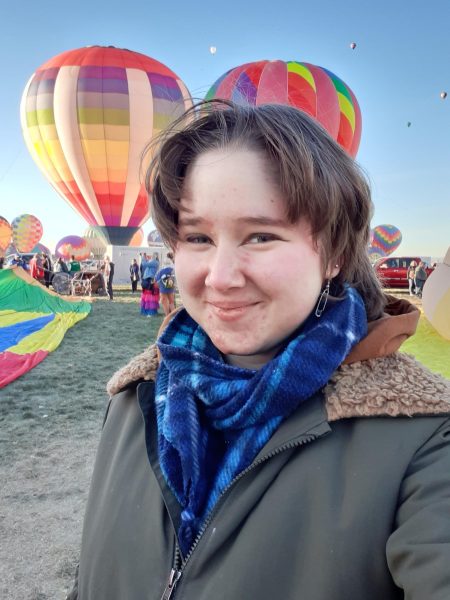
Haley ‘25 is the Advocate’s Graphic Art Editor. Their overall artist career sprouted at a young age from their various dragon sketches and drawings,...


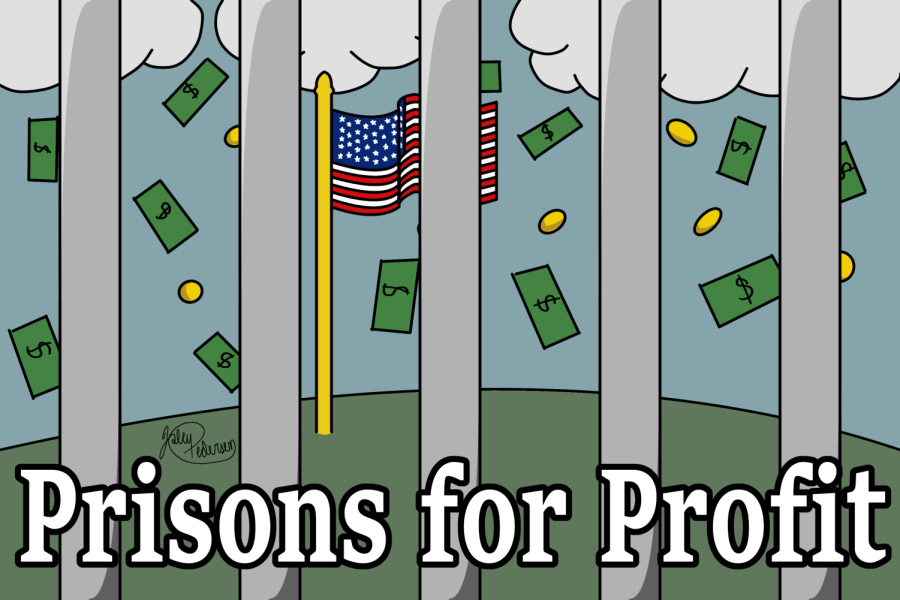
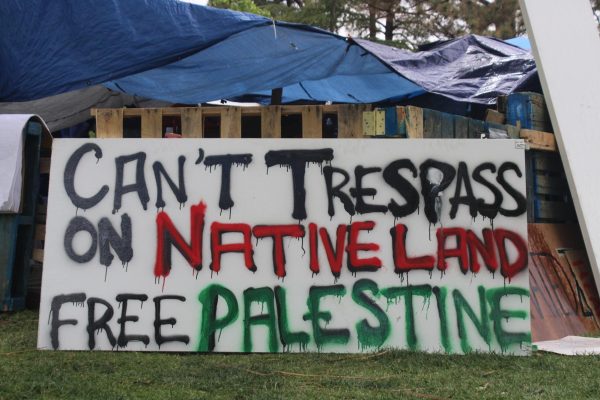

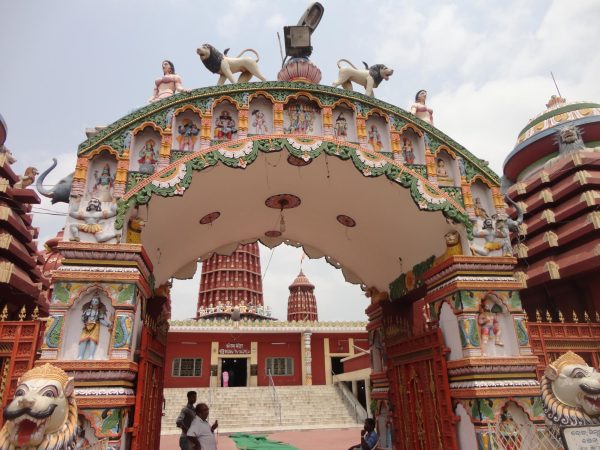
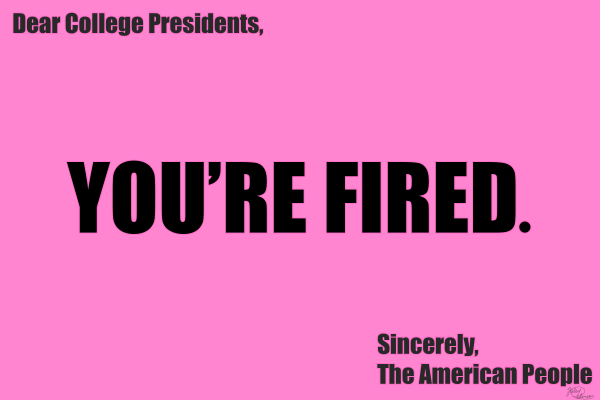
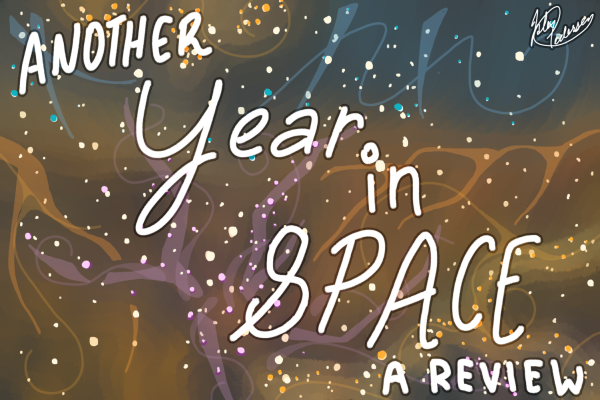
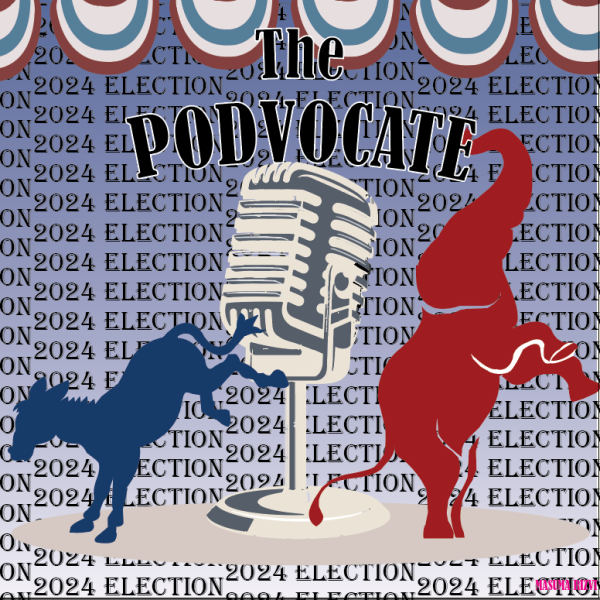
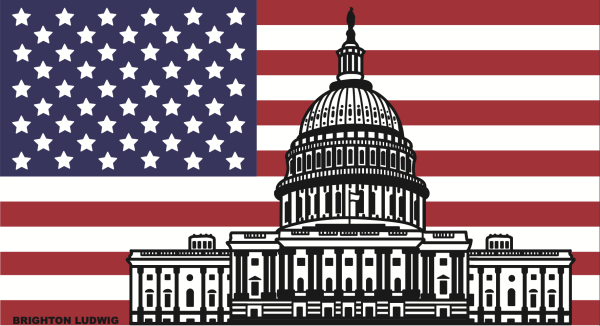
George Ovitt • Jan 28, 2022 at 3:25 pm
This is fundamental reading for anyone who insists that the core value of American life is “freedom.” And the culprits? You’d be surprised to learn they include the “liberal” Clintons and Joe Biden, as well as the usual law and order crowd in the Republican Party. Mass incarceration, the carceral state, the hundred to one sentencing guidelines for crack versus powder cocaine, mandatory minimum sentencing, three strikes rules, the revival of capital punishment–we have the Supreme Court, and both political parties to thanks for locking up and executing more people than any other “advanced” nation.
Ben Raihane • Jan 28, 2022 at 2:55 pm
This was an incredibly well-written and highly informative article. I didn’t know about half the things written here, and it’s quite honestly disgusting. Thank you for bringing this to the school’s attention